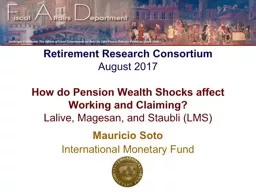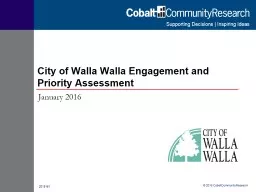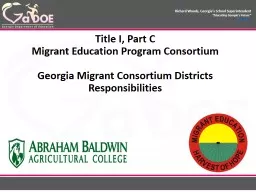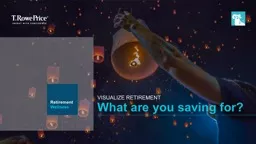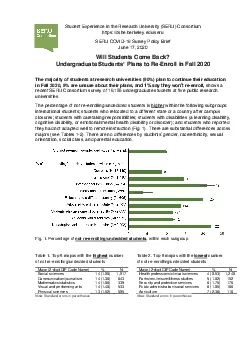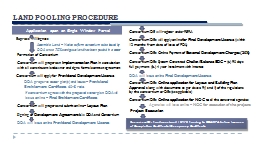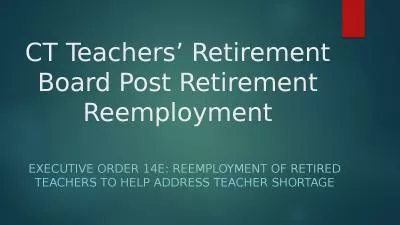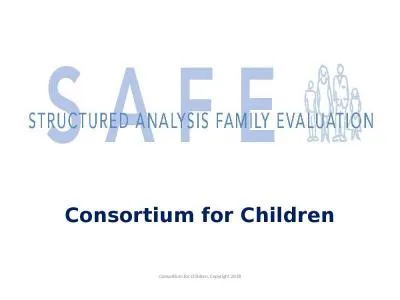PPT-Retirement Research Consortium
Author : karlyn-bohler | Published Date : 2019-03-05
August 2017 How do Pension Wealth Shocks affect Working and Claiming Lalive Magesan and Staubli LMS Mauricio Soto International Monetary Fund Sources 2017
Presentation Embed Code
Download Presentation
Download Presentation The PPT/PDF document "Retirement Research Consortium" is the property of its rightful owner. Permission is granted to download and print the materials on this website for personal, non-commercial use only, and to display it on your personal computer provided you do not modify the materials and that you retain all copyright notices contained in the materials. By downloading content from our website, you accept the terms of this agreement.
Retirement Research Consortium: Transcript
Download Rules Of Document
"Retirement Research Consortium"The content belongs to its owner. You may download and print it for personal use, without modification, and keep all copyright notices. By downloading, you agree to these terms.
Related Documents

